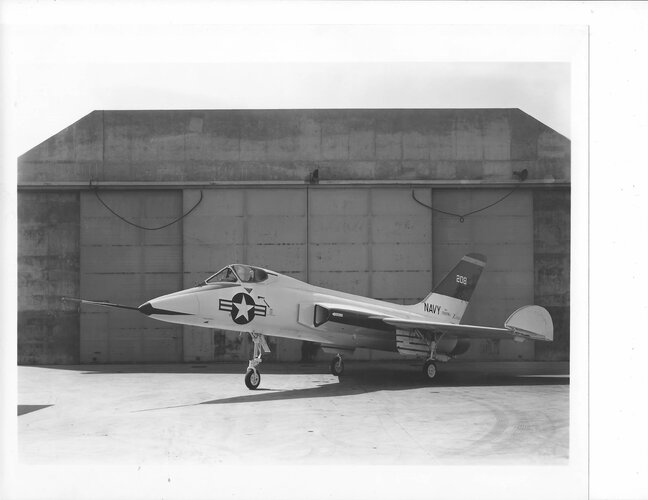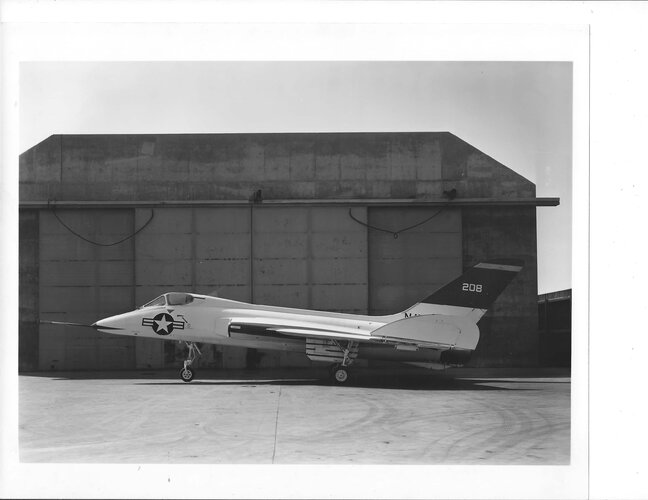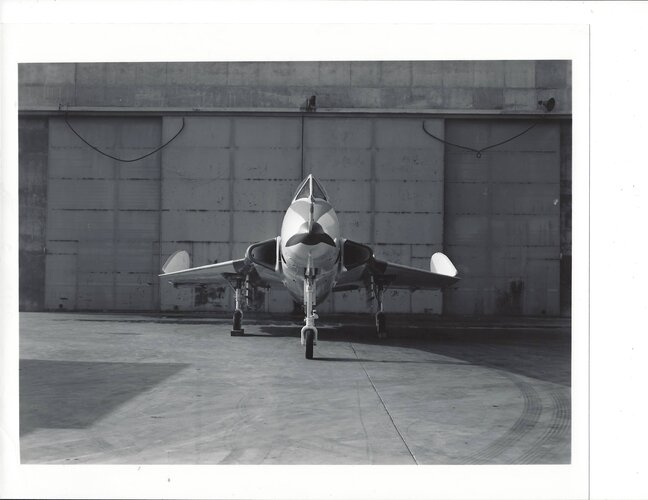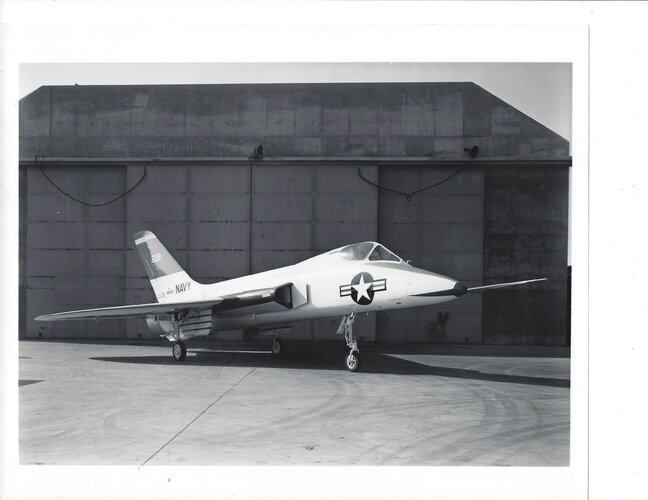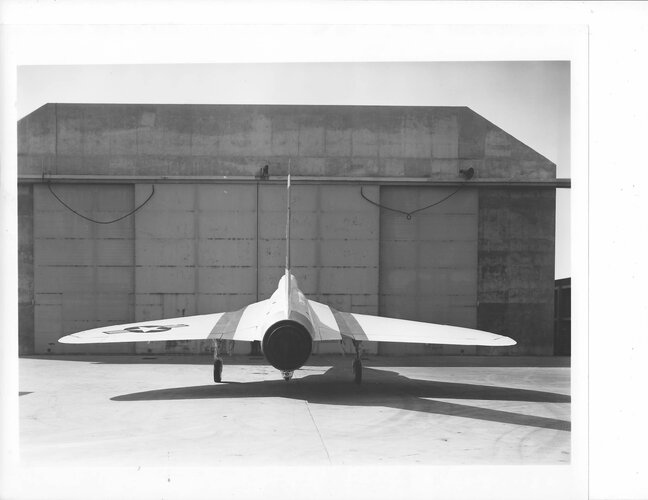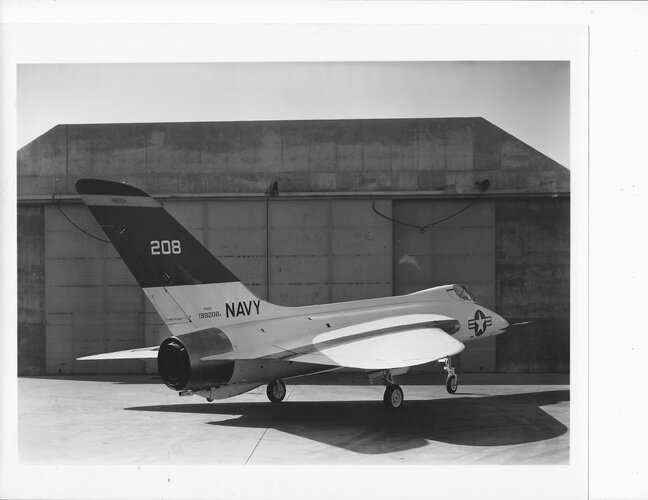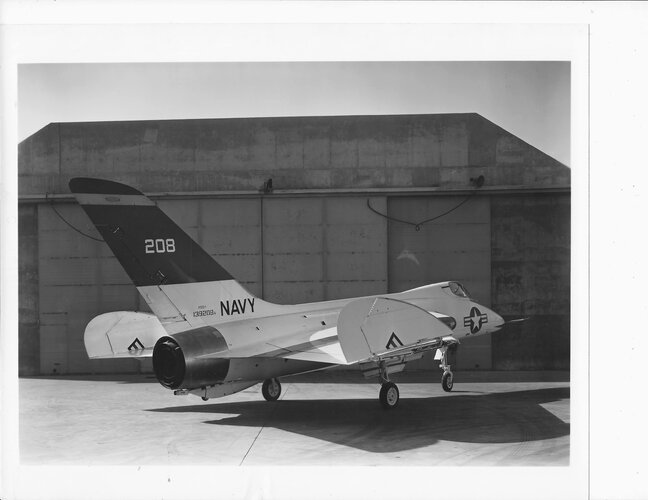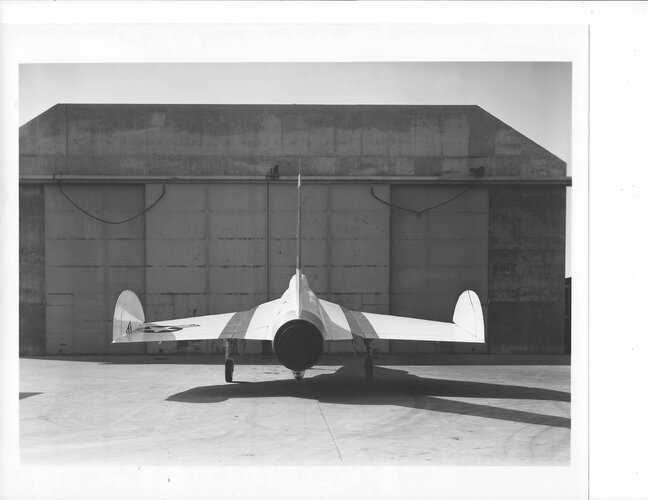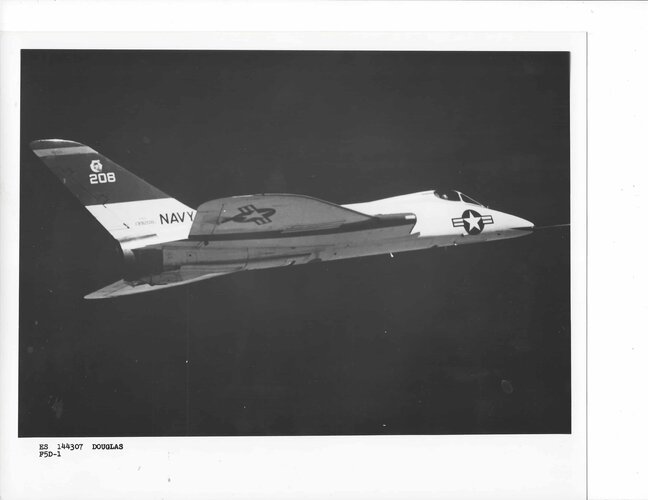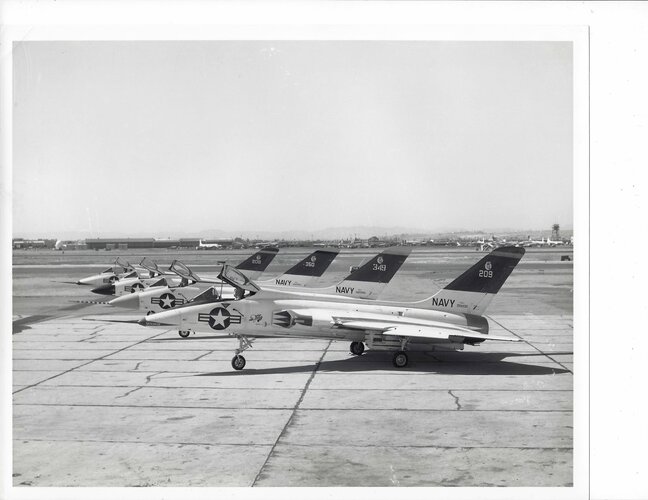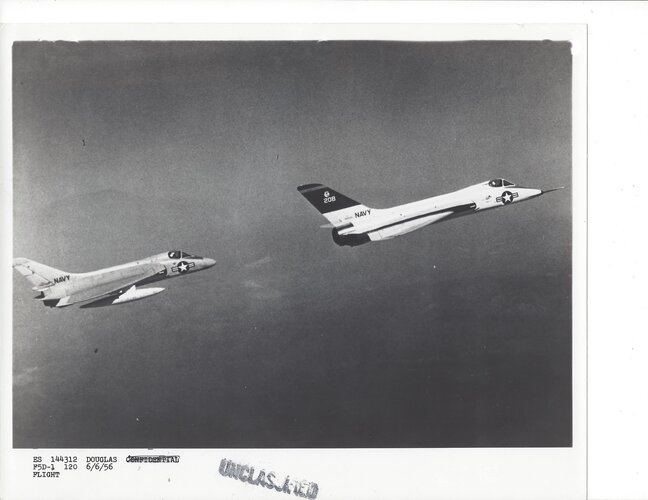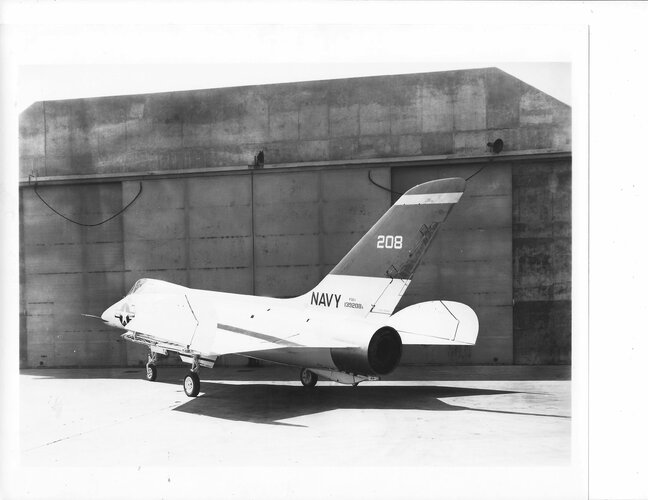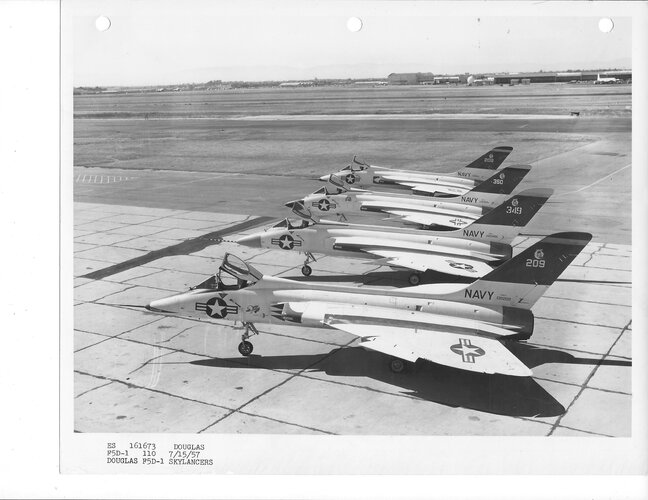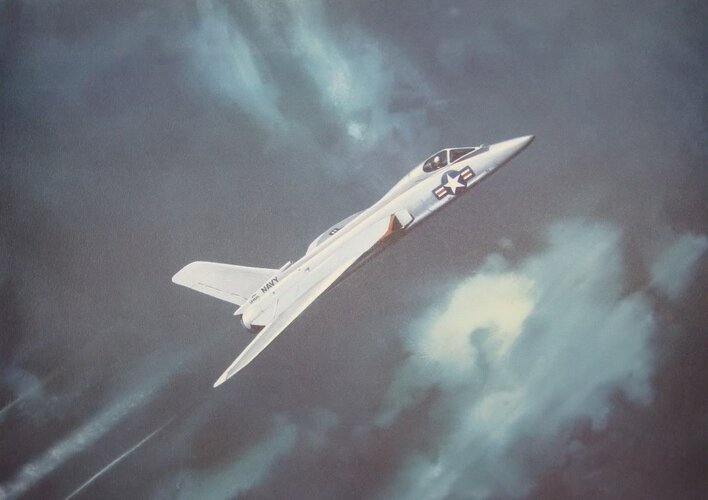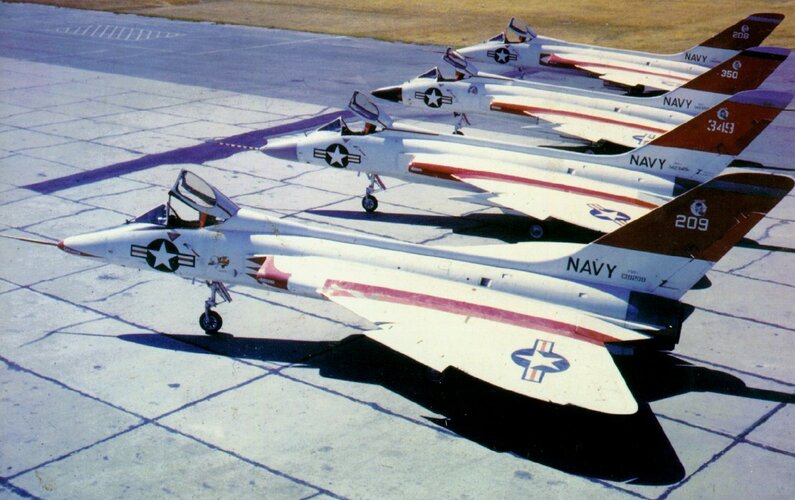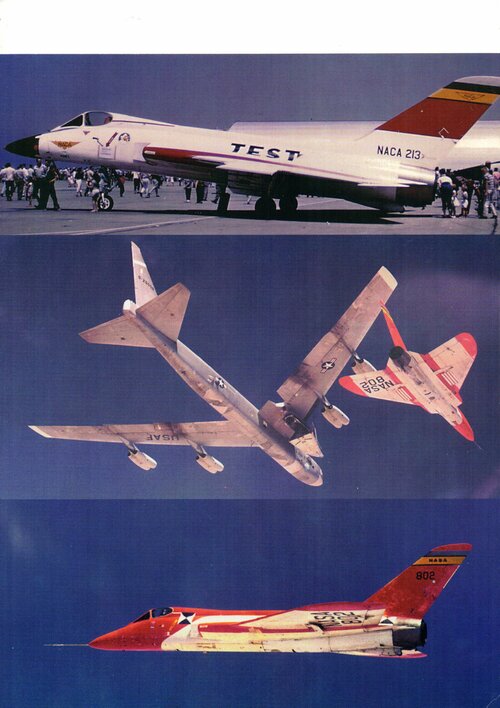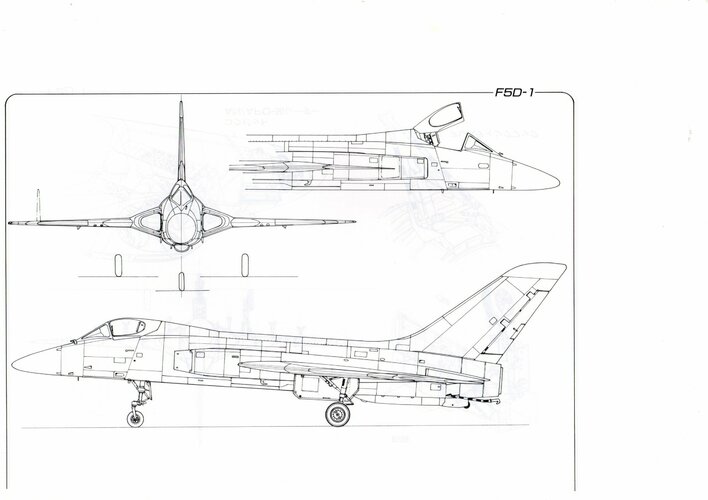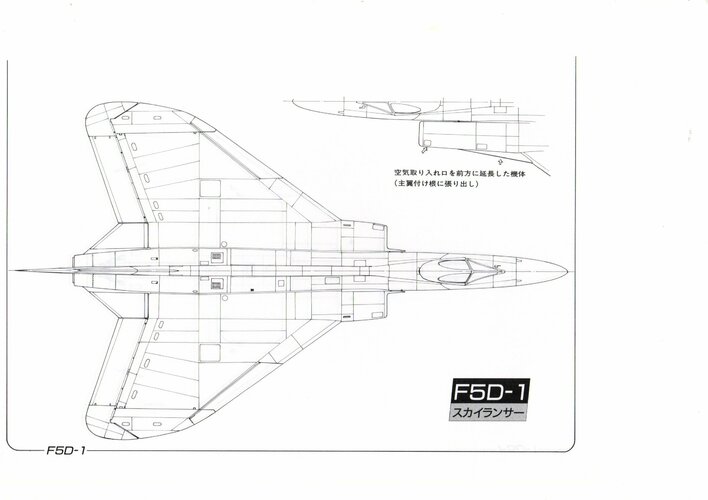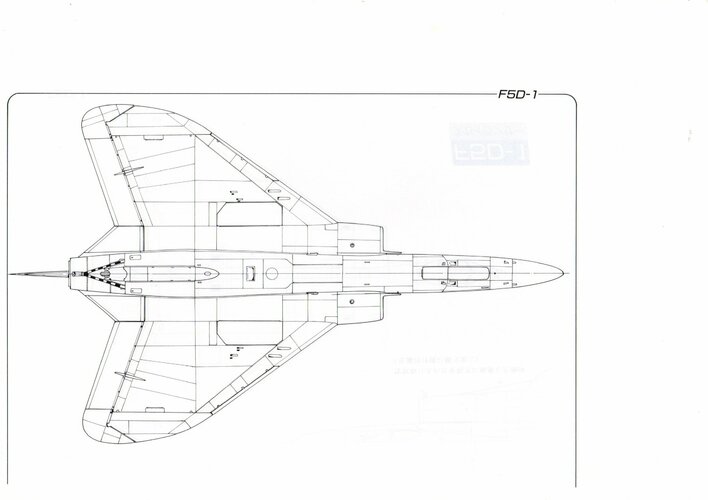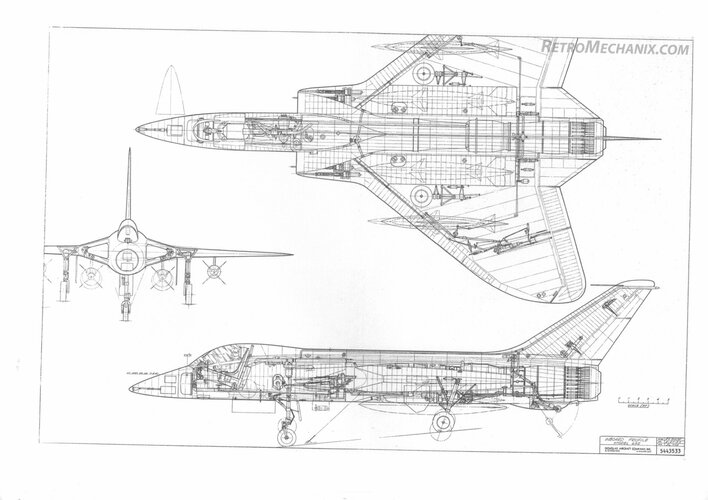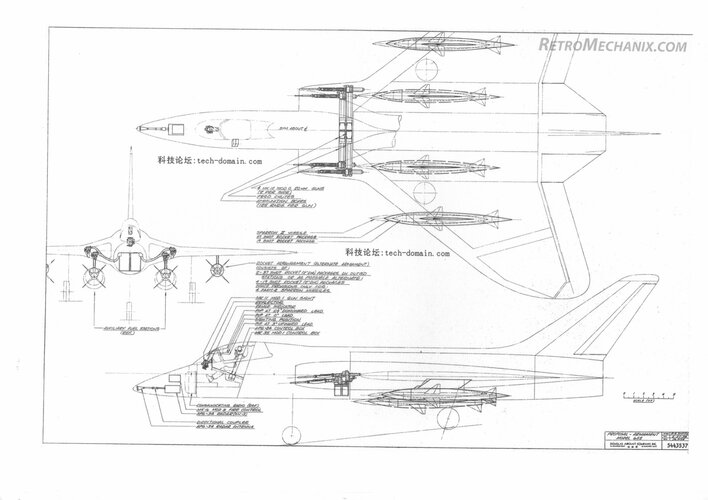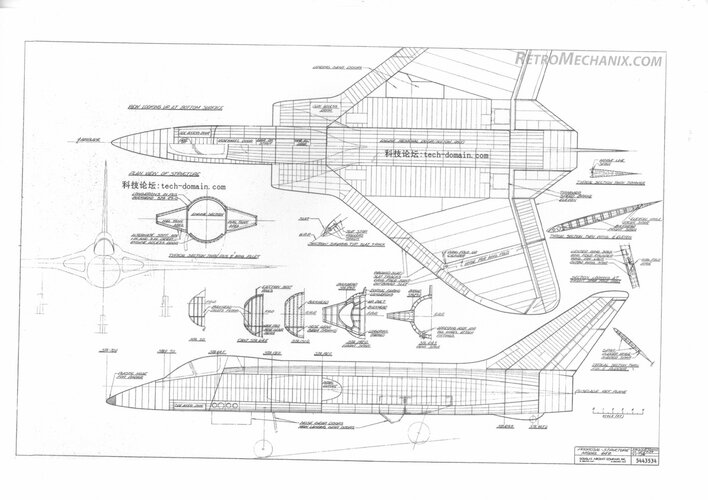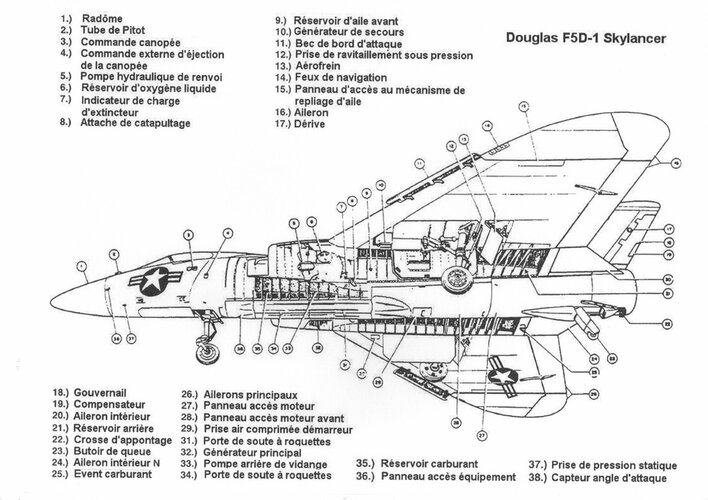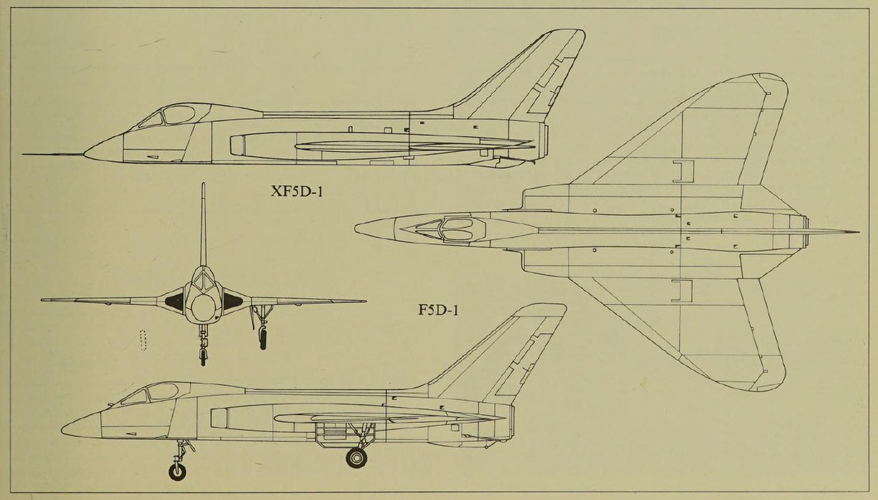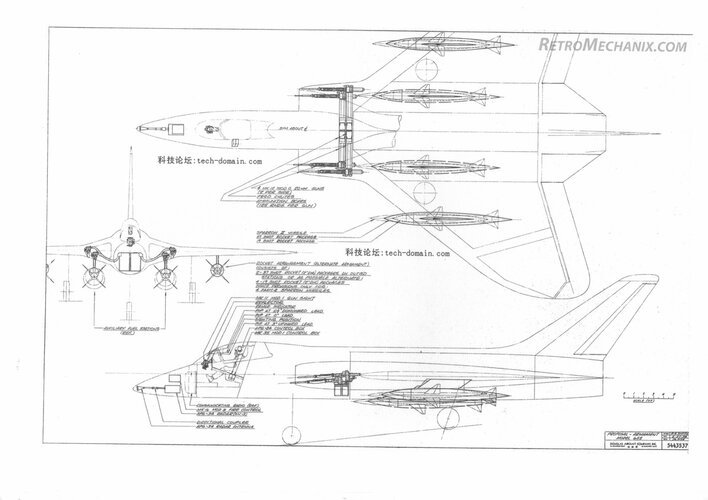You want F4D truths? I have some:
https://thanlont.blogspot.com/2017/10/the-first-supersonic-us-navy-fighter.html
https://thanlont.blogspot.com/2022/03/naval-fighters-number-113-douglas-f4d.html
https://thanlont.blogspot.com/2009/01/not-as-easy-as-it-looks.html
https://thanlont.blogspot.com/2023/03/comparing-us-navy-swept-wing-fighter.html
https://thanlont.blogspot.com/2008/11/real-men-dont-need-catapults.html
https://tailspintopics.blogspot.com/2010/10/bat-out-of-hell.html
And an excerpt from my forthcoming F7U-3 book (coauthored with Al Casby):
Some Reputations Are Based on Ill-informed Gossip; Others, Unexamined Statements, and Misconstrued Statistics
Ironically, the widely held reputations of the Navy’s first three jet fighters equipped with afterburners are not justified. Many aviation enthusiasts hold the Douglas F4D Skyray in high regard, in large part because of its world records for climb and speed performance while the McDonnell F3H Demon is considered a disappointment and thought to have been quickly retired. The Vought F7U-3 Cutlass? It was described in one error-filled online video as “The Strangest and Most Dangerous Navy Jet Ever Flown”.
In fact, from a carrier-based fighter standpoint, the F4D was the least effective of the three. To be fair, it was point-designed to fulfil a late 1940s Navy requirement for a deck-launched interceptor. The resulting sacrifice of range and endurance for climb performance was subsequently determined to be ill-advised with respect to defence of the carrier from air attack. The F3H had a long career considering the rapid advancement in aerodynamics and engine performance at the time. The F7U? It was superior to the F4D in every respect except for rate of climb and primarily an also-ran to the F3H because of its shortfall relative to the Demon in range and endurance, which was still better than the Skyray’s!
The Douglas F4D Skyray did briefly hold the world record for absolute speed—but contrary to numerous statements in print, it was not supersonic in level flight—and had a spectacular rate of climb, again setting world records, particularly when unencumbered with external tanks or other stores. That, however, was pretty much its only positive attribute. Without drop tanks, the F4D was a one-trick pony with less than one hour of flight time even with limited use of its afterburner. To match the range and endurance of an F7U-3 using only its internal fuel, It needed to be launched with two 150-gallon drop tanks (standard was two 300-gallon tanks).
NATC’s final BIS report dated 6 January 1958 was frank about some of its other shortcomings: “The F4D-1 (AW) is marginally effective as an all-weather fighter. Major deficiencies are a modest maximum speed capability, poor transonic flying qualities, and armament control system limitations.” Supersonic speeds could be achieved and maintained in a dive; however, there was no effective supersonic manoeuvring capability: “The aircraft decelerates rapidly as soon as g forces are applied.” However, at that point, most of the F4Ds on contract had been delivered and deployments with it had already begun to fulfil the need for a high-performance, all-weather fighter in the carrier air group.
The F4D had other shortcomings as well. Its handling qualities on approach were barely adequate (it didn’t help that forward visibility in heavy rain was poor). It had only one hydraulic system for flight control. If it failed, there was a reversion to manual (unpowered) control, which was only acceptable for a “deferred emergency”, i.e. one not requiring an immediate landing but rendering it no longer capable of its mission. A Douglas test pilot was nearly killed by his discovery that when the F4D was abruptly decelerated from maximum speed, it would pitch up violently; the addition of an electronic trim compensator was required. Although it was equipped with a visual-assist radar, the control stick partially blocked the pilot’s view of the radarscope used to aim and fire its unguided rockets, further decreasing the likelihood of hitting even a large, non-manoeuvering target with them. It was never armed with an effective long-range, all-weather missile, i.e. one that was radar-guided.
Before an upcoming deployment in 1959, an Air Group Commander tried unsuccessfully to exchange the F4D squadron that had been assigned to him for one equipped with straight-wing F2H-3 or -4 Banshees that he felt would be more operationally suitable for his all-weather fighter requirement. Its three-year career in the Pacific fleet was only a year longer than the F7U’s; in those squadrons, the “Fords” were replaced by F3H-2 Demons as soon as enough became available; F4D squadrons did deploy with the Atlantic fleet through mid 1962, probably because the carriers weren’t as far from shore bases. (given the plan to withdraw it from carrier-based squadrons as soon as practicable, BuAer didn’t bother with a formal change to provide the F4D with inflight refueling). Only nine deployable Navy squadrons were equipped with the F4D, the same as the F7U-3, although they did make more deployments than the F7U squadrons. F4Ds were also assigned to several Marine fighter squadrons, at least one of which deployed on a carrier, the rest being land-based where its limited range and endurance were not an operational handicap. Not exactly a glowing resume and yet a mention of the F4D Skyray nowadays does not result in sneering, uninformed, knee-jerk remarks about its supposed inadequacies like the F7U Cutlass does.
 !BhondZg!2k~$(KGrHqQOKiYEsnl66dL(BLKB1l8HTQ~~_3.jpg26 KB · Views: 402
!BhondZg!2k~$(KGrHqQOKiYEsnl66dL(BLKB1l8HTQ~~_3.jpg26 KB · Views: 402 !BhonhpwBGk~$(KGrHqEOKiUEslw(-G3oBLKB1)L-ig~~_3.jpg28.2 KB · Views: 242
!BhonhpwBGk~$(KGrHqEOKiUEslw(-G3oBLKB1)L-ig~~_3.jpg28.2 KB · Views: 242 !BhonmOgBWk~$(KGrHqYOKiwEsnp6WgBBBLKB18SQPw~~_3.jpg25.5 KB · Views: 191
!BhonmOgBWk~$(KGrHqYOKiwEsnp6WgBBBLKB18SQPw~~_3.jpg25.5 KB · Views: 191 !Bhonq3QBGk~$(KGrHqYOKj!Esnp9V4IvBLKB2HGelw~~_3.jpg25.2 KB · Views: 185
!Bhonq3QBGk~$(KGrHqYOKj!Esnp9V4IvBLKB2HGelw~~_3.jpg25.2 KB · Views: 185 !Bhonv9gCGk~$(KGrHqMOKkEEsm5j-(VWBLKB2TFLzQ~~_3.jpg27.3 KB · Views: 180
!Bhonv9gCGk~$(KGrHqMOKkEEsm5j-(VWBLKB2TFLzQ~~_3.jpg27.3 KB · Views: 180 !Bhon1k!!mk~$(KGrHqIOKkYEsmmRrF)sBLKB2gluNQ~~_3.jpg58 KB · Views: 115
!Bhon1k!!mk~$(KGrHqIOKkYEsmmRrF)sBLKB2gluNQ~~_3.jpg58 KB · Views: 115

